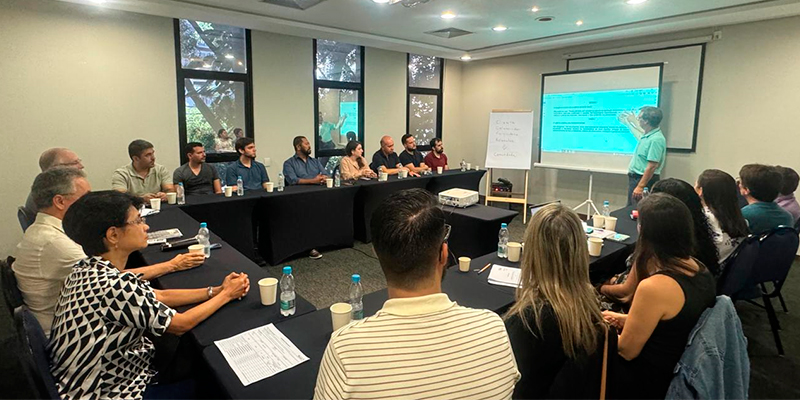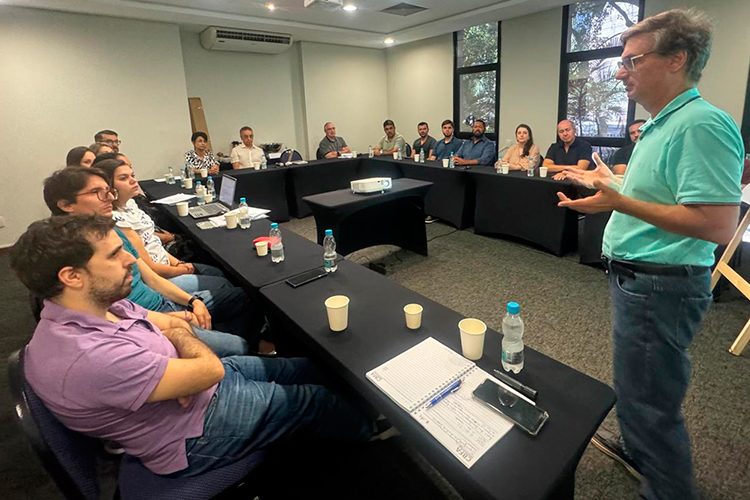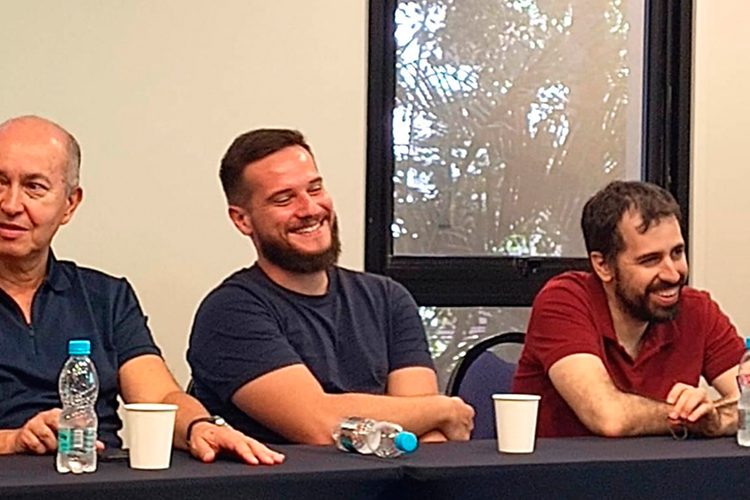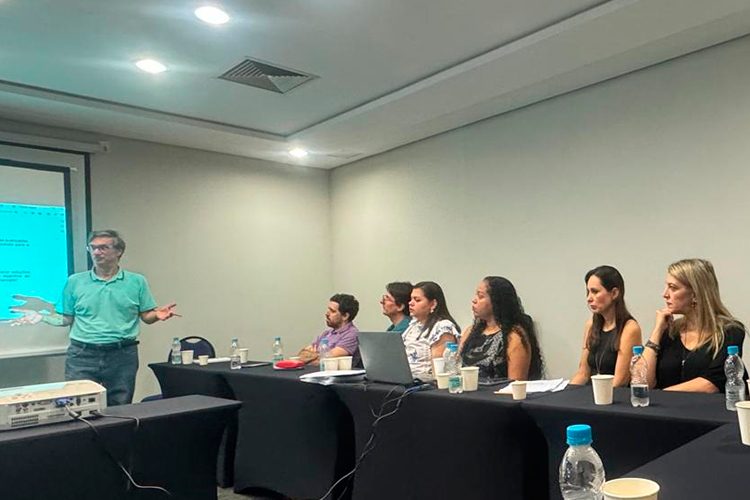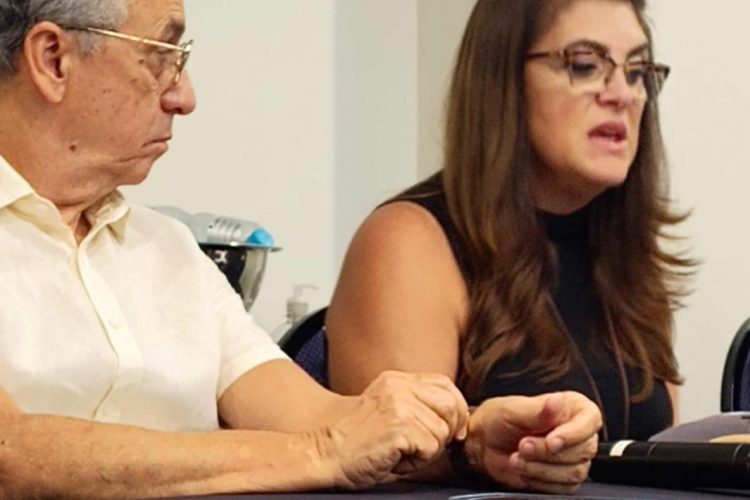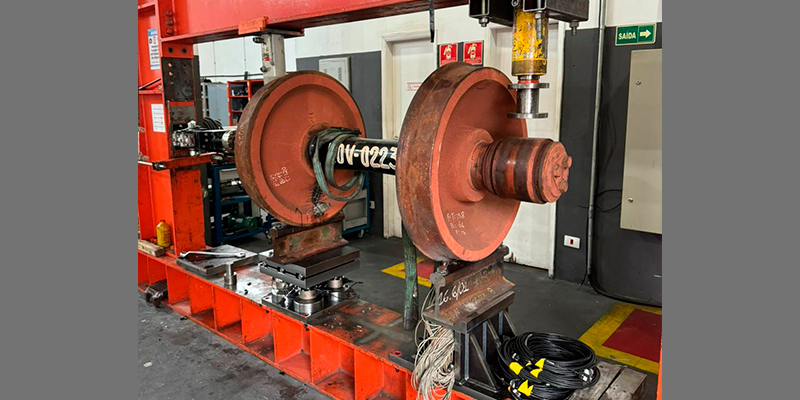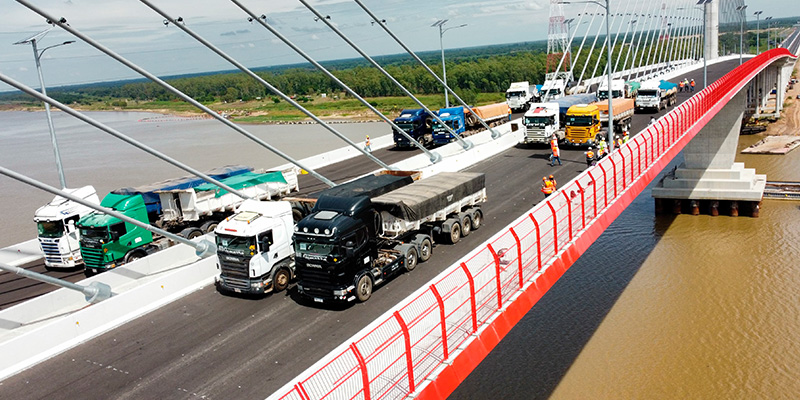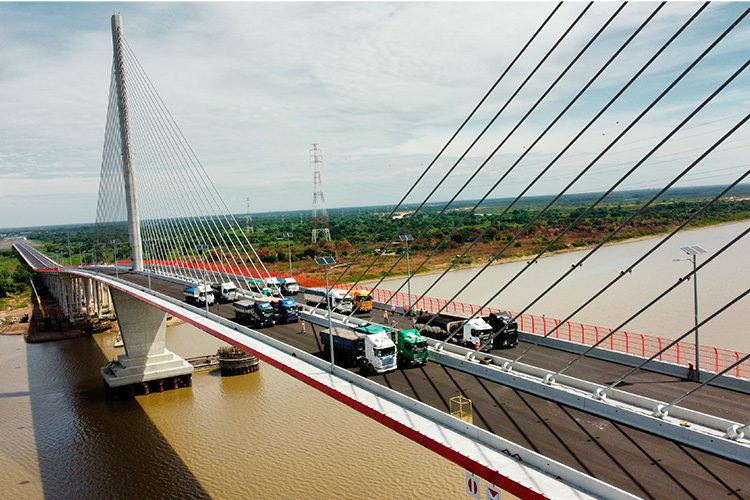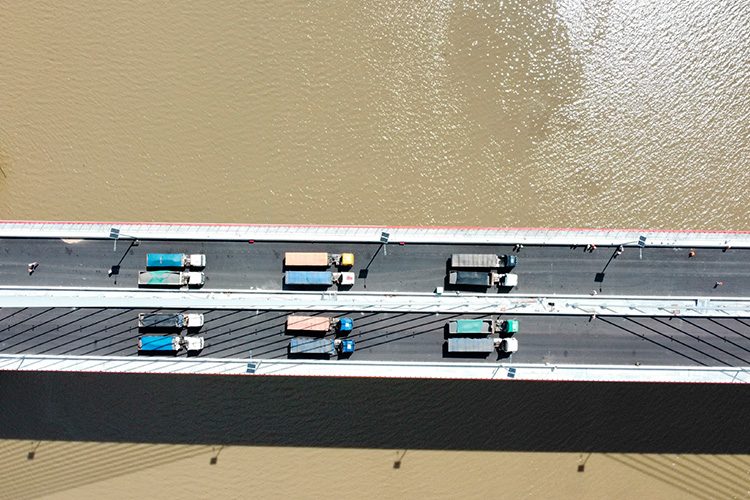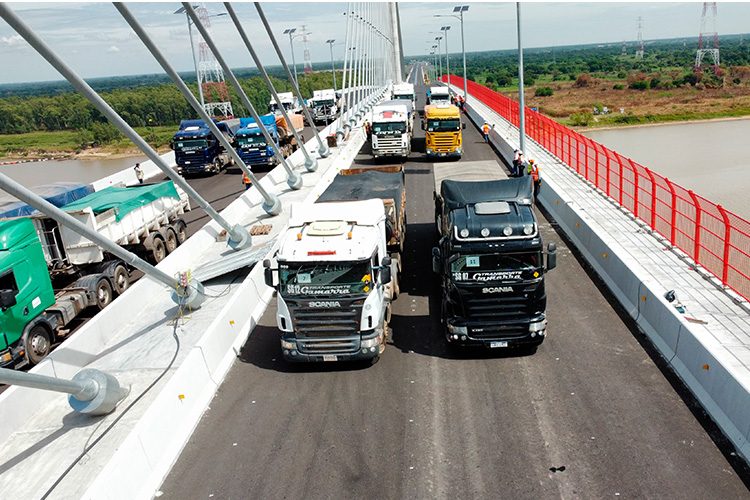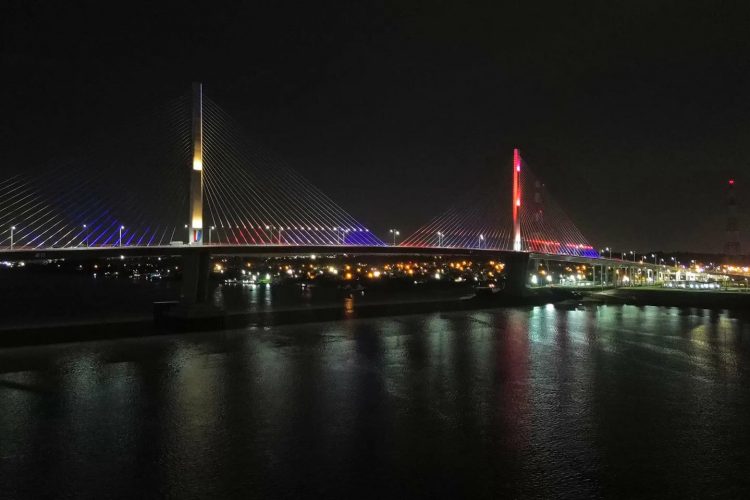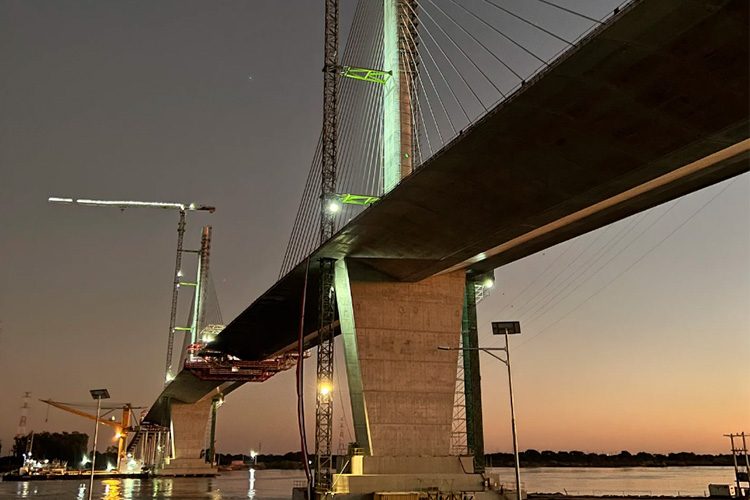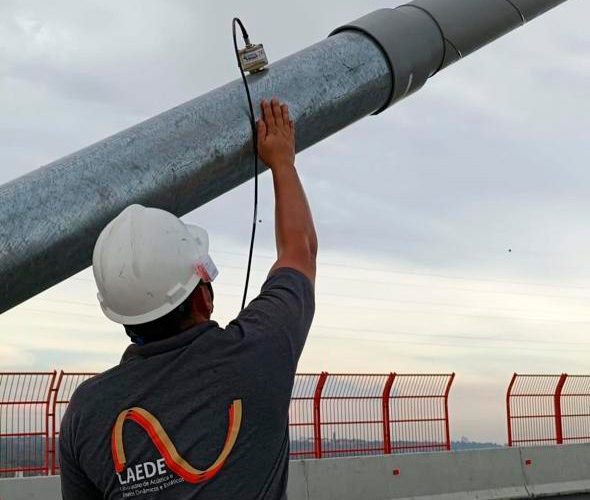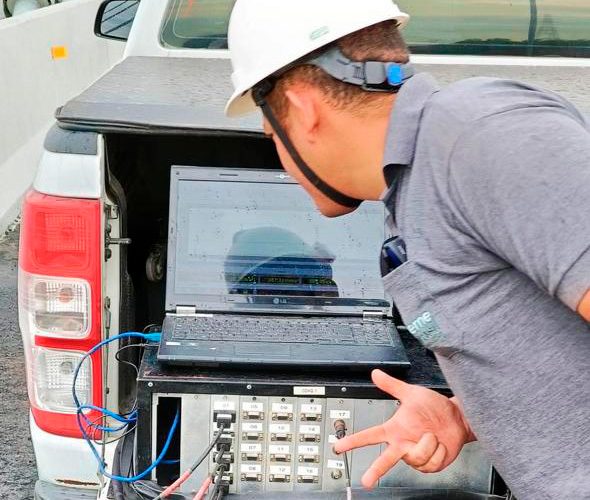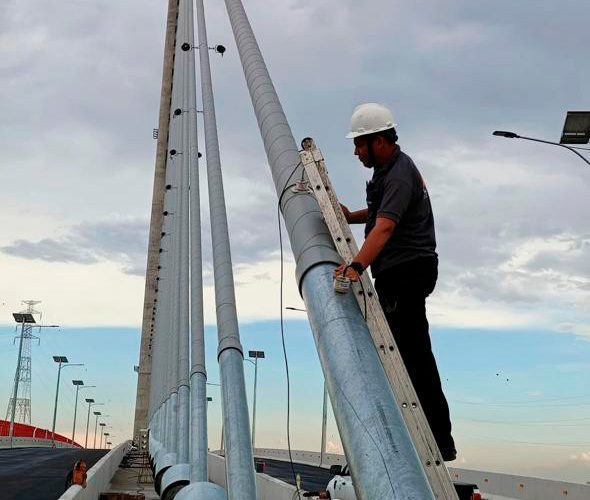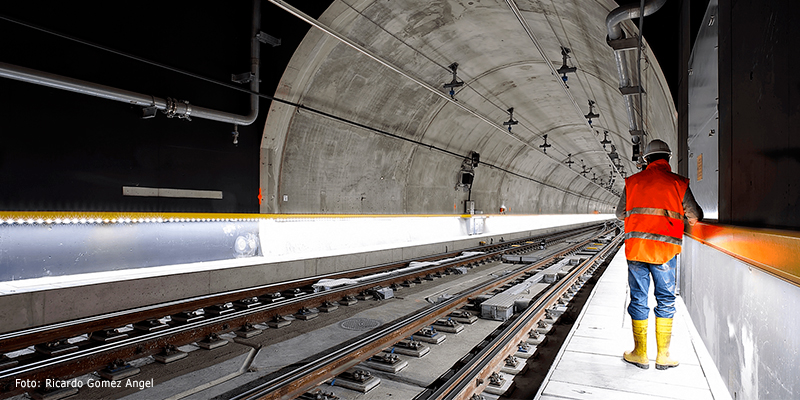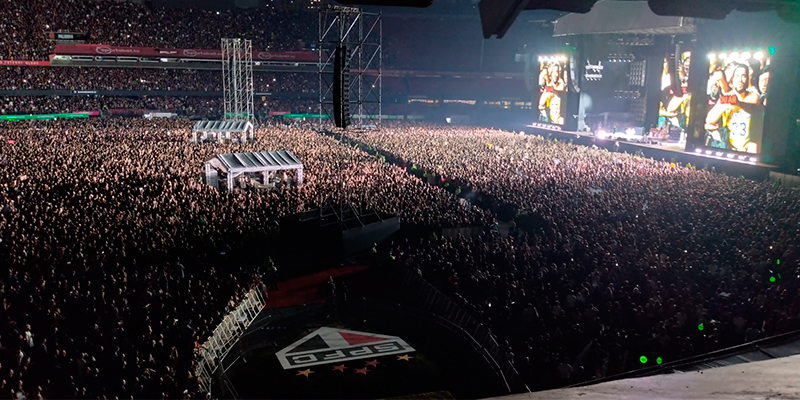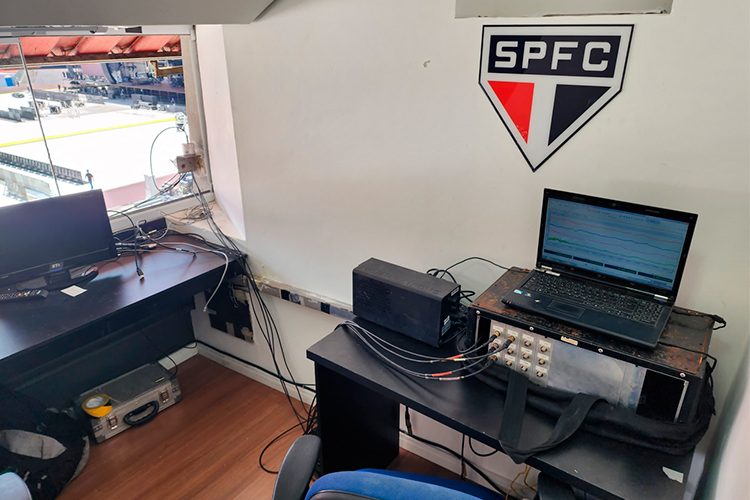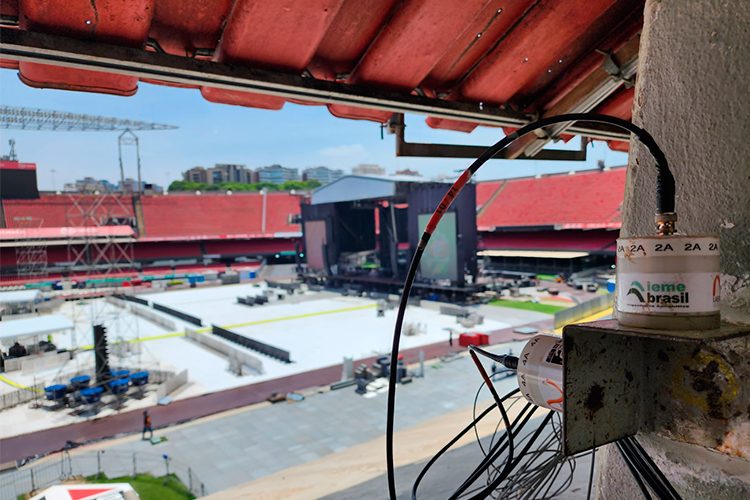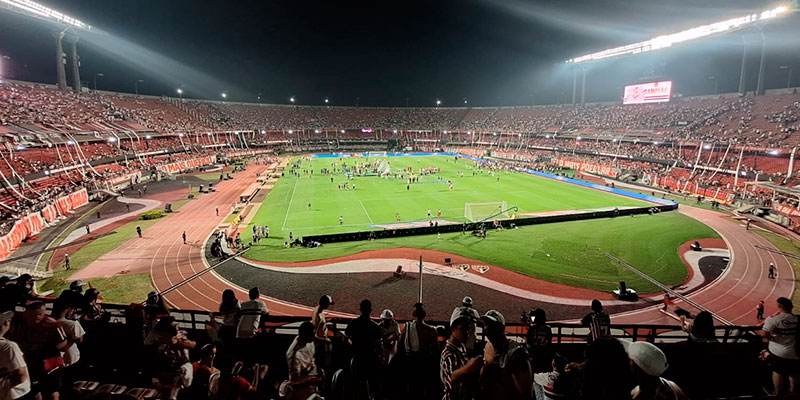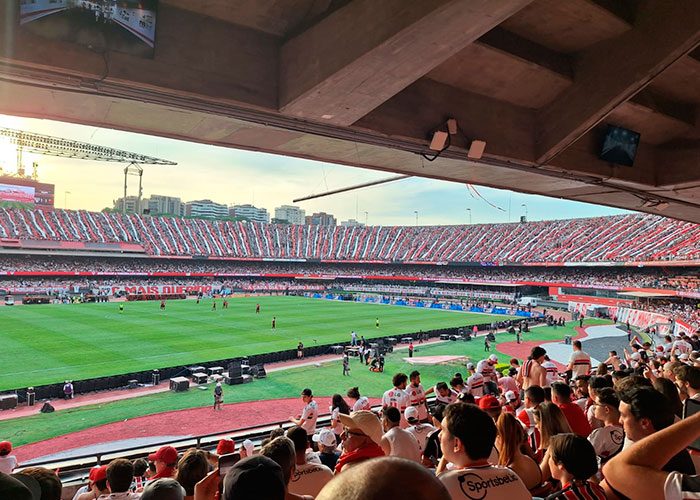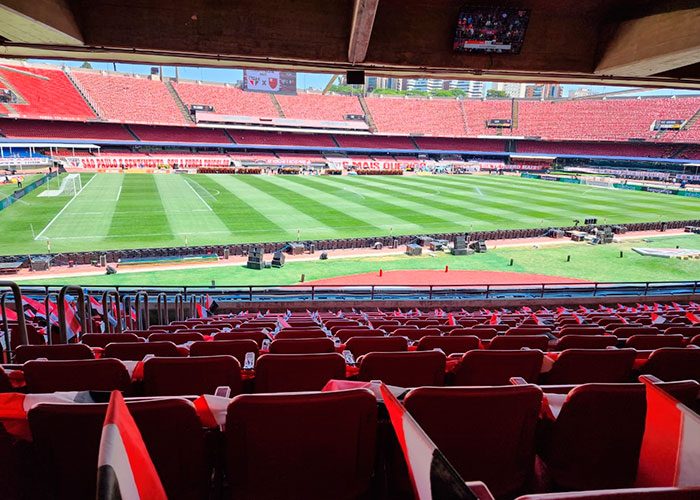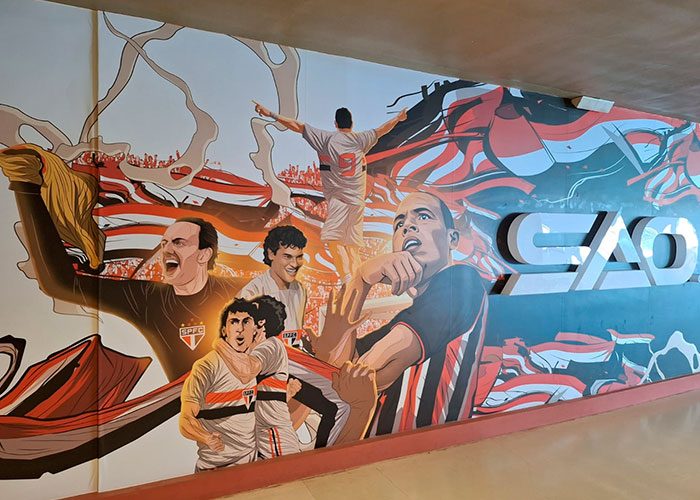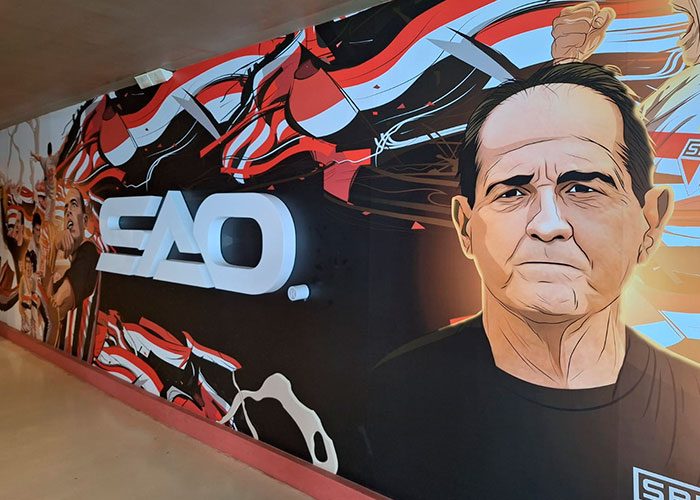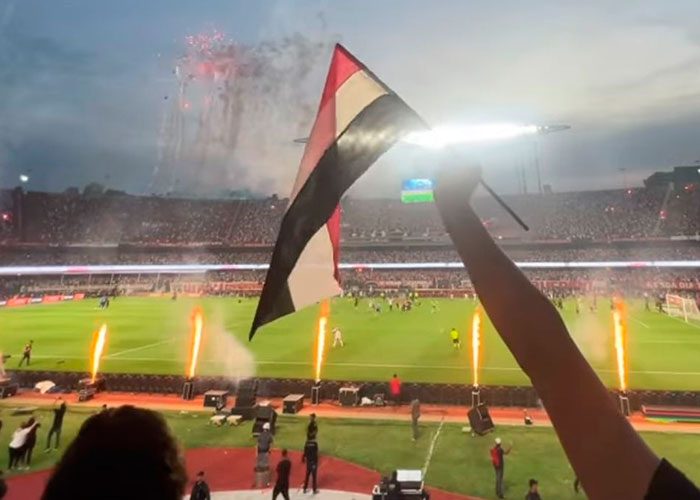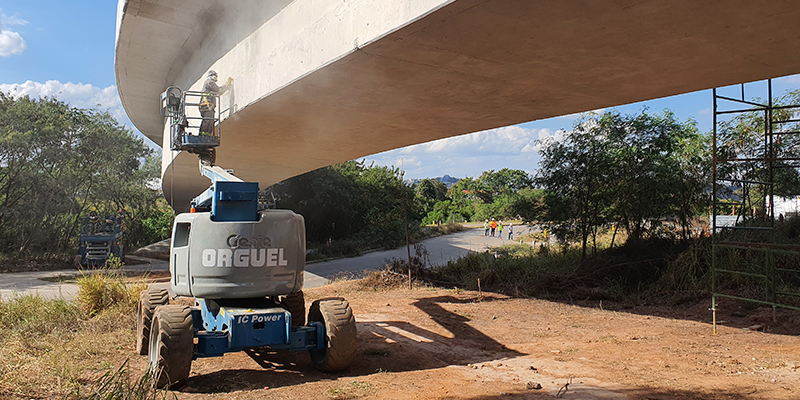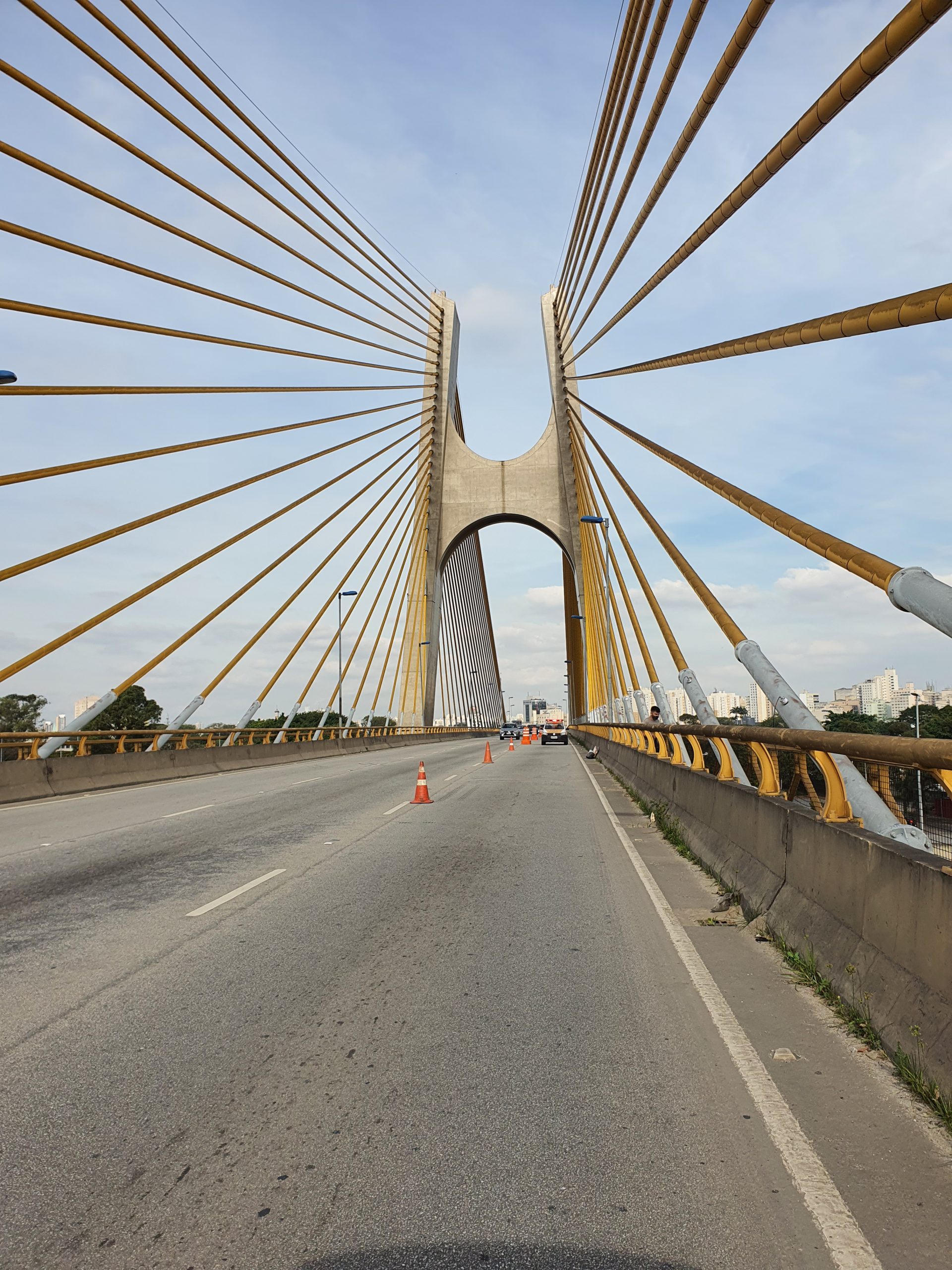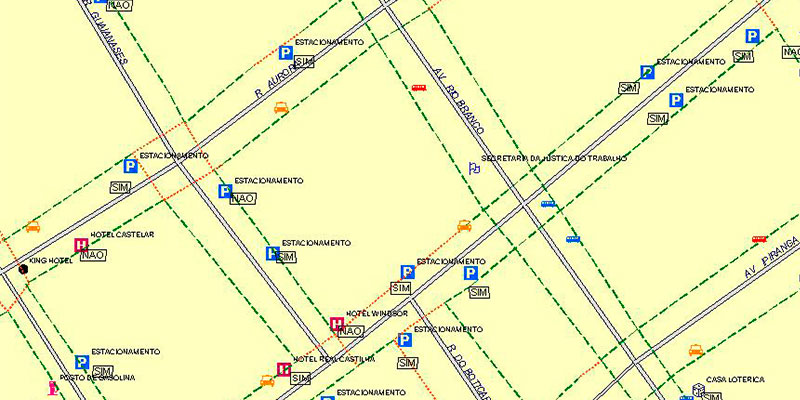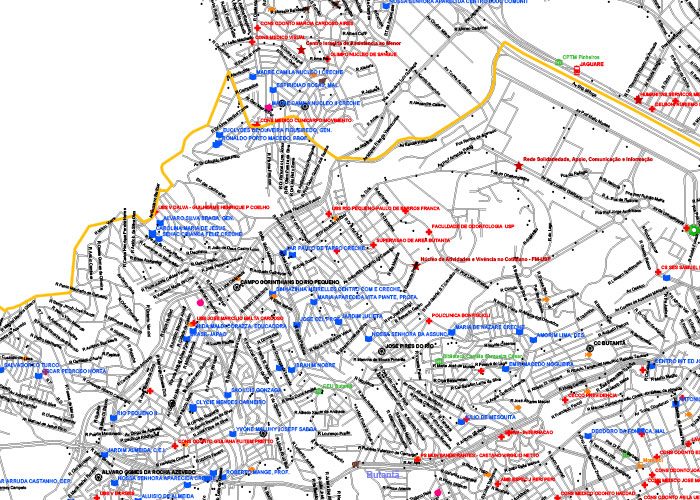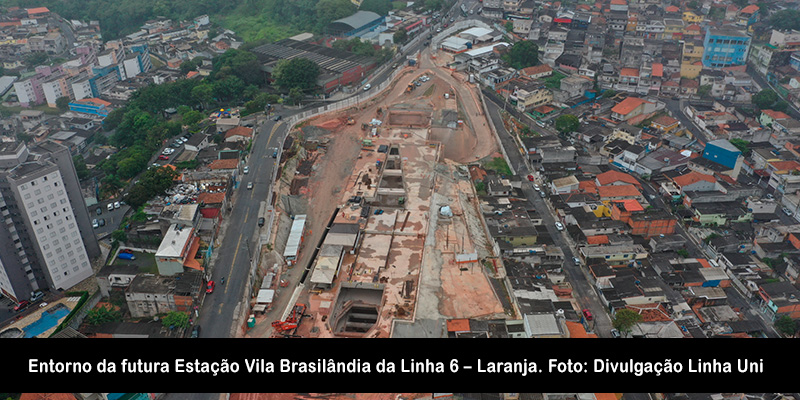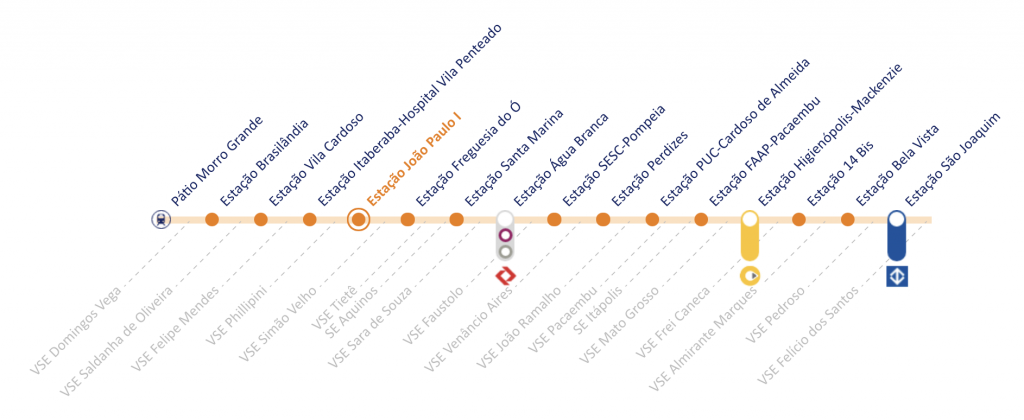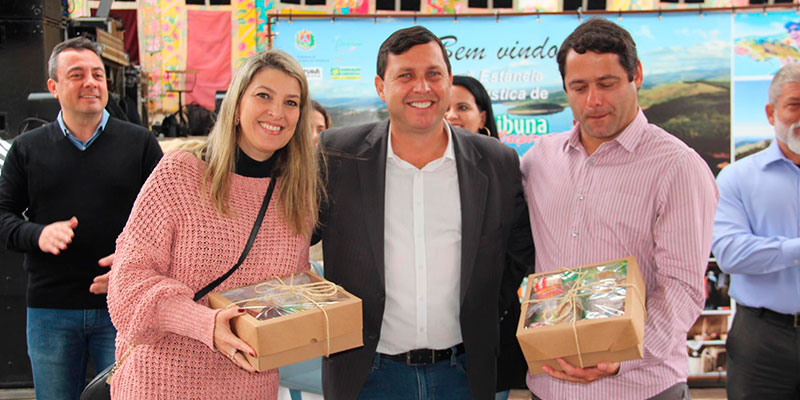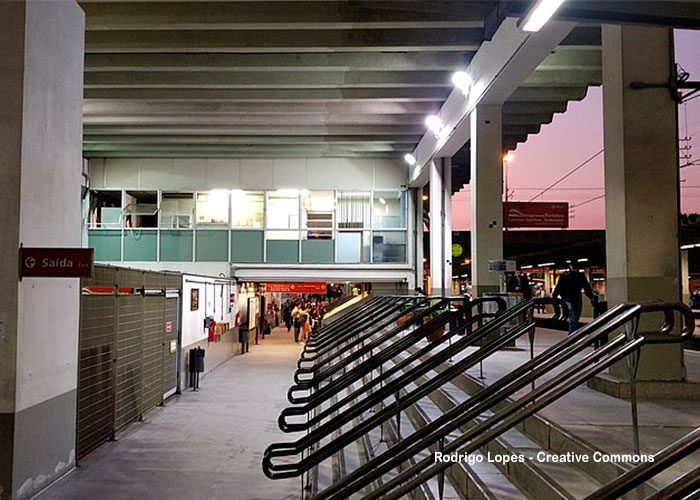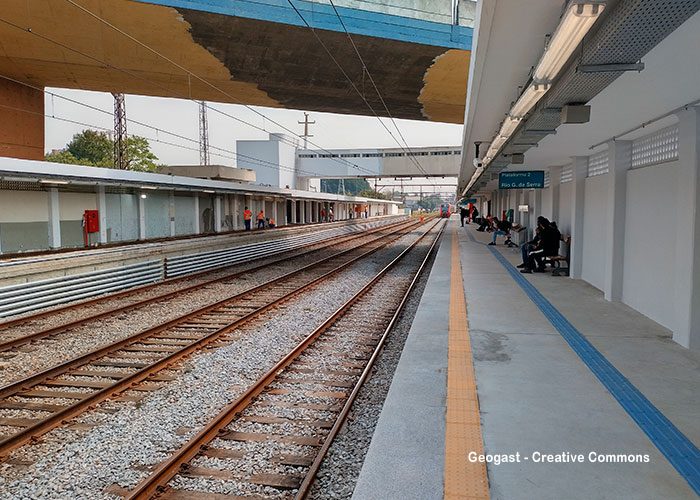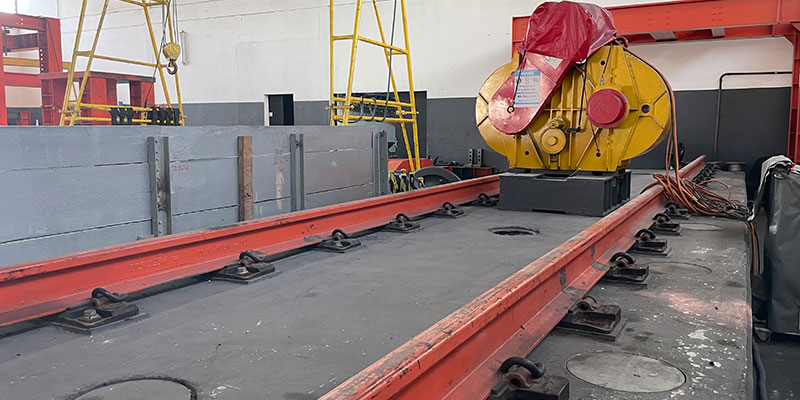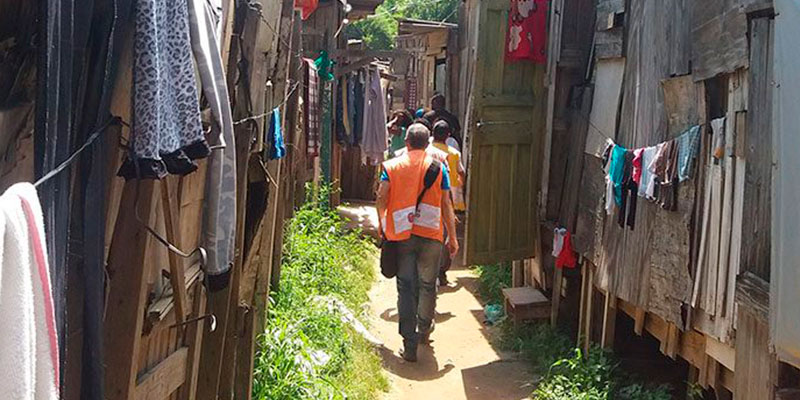IEME Brasil held on April 13th, in the Address Hotel convention room, in São Paulo, a meeting of the company’s key employees to align procedures, in accordance with the standards required by the certifications obtained by IEME. The objective of the meeting was to raise awareness among leaders about the need to meet the requirements of the Integrated Management System (ISO 9001, ISO 17020 and ISO 17025), as a way of improving the internal flows of the organization’s management processes, interconnecting the company’s areas based on the quality manuals, procedures, instructions and forms already defined. The meeting dealt with the Certifications of Consulting Engineering and Urban Development (ISO 9001), Accredited Infrastructure Inspection (ISO 17020) and LAEDE (ISO 17025).
The meeting was led by engineer and consultant Octavio Camerini, who has been a specialist in railway engineering (rolling stock) and quality auditing (automotive) for 38 years, having coordinated one of the first ISO 9001 certifications in Brazil. Camerini is also an accredited inspection manager (ISO IEC 17020 standard) for highway and railway projects and a member of the Brazilian Association of Railway Preservation (ABPF). The engineer explained that the meeting meets the obligation for continuous recycling of leaders and employees in the Certified and Accredited Quality Management System.
“The meeting was very participatory and the next steps involve specific meetings with managers and their teams, where the electronic path of the Management System documents will be presented, aiming to better disseminate knowledge of the procedures and their records”, said Camerini. These documents, added the expert, “must be carefully analyzed by the areas, to adapt to the needs and reality of the practices adopted, but complying with the requirements of the standards involved, which represent technical and administrative contractual requirements between IEME, its customers, its suppliers and Inmetro”.

